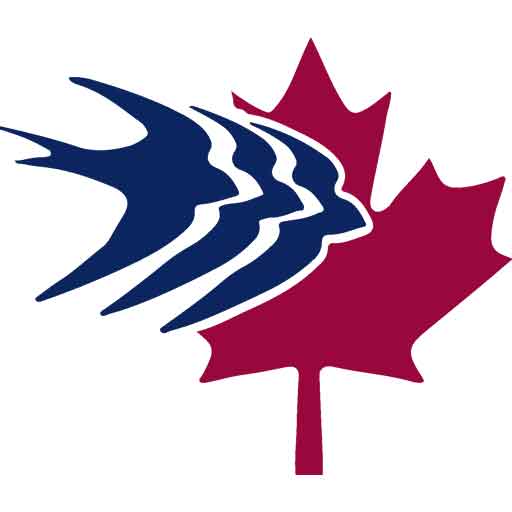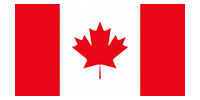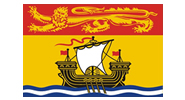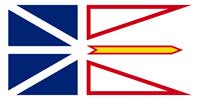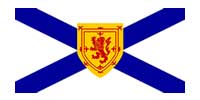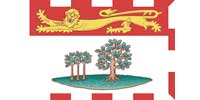About Canada
Canada is a vast and diverse country located in North America, known for its stunning natural landscapes, friendly people, and rich cultural heritage. Let’s explore some key information about Canada and its provinces:
1. **Canada**: Canada is the second-largest country in the world by land area, covering approximately 9.98 million square kilometers. It is a constitutional monarchy with a parliamentary democracy, meaning it recognizes the British monarch as the head of state while having an elected government responsible for making and enforcing laws.
2. **New Brunswick**: New Brunswick is one of Canada’s eastern provinces, bordered by Quebec to the north, Nova Scotia to the southeast, and the United States to the west. It is known for its beautiful coastline along the Bay of Fundy, which has the highest tides in the world. The province is bilingual, with both English and French being official languages.
3. **Newfoundland and Labrador**: Located on the eastern edge of Canada, Newfoundland and Labrador is the country’s easternmost province. It consists of the island of Newfoundland and mainland Labrador. The province is renowned for its rugged coastline, stunning fjords, and rich cultural history, including its strong connection to the fishing industry.
4. **Nova Scotia**: Nova Scotia, meaning “New Scotland” in Latin, is another eastern province of Canada. It is surrounded by the Atlantic Ocean and is known for its maritime culture, including fishing, shipbuilding, and sailing. Halifax, its capital city, is a vibrant cultural hub and home to historic sites such as the Halifax Citadel National Historic Site.
5. **Prince Edward Island (PEI)**: Prince Edward Island is Canada’s smallest province in terms of both land area and population. It is located off the eastern coast of the mainland and is famous for its red soil, stunning beaches, and Anne of Green Gables, a literary classic set on the island. Charlottetown, the capital city, hosted the historic Charlottetown Conference in 1864, which laid the foundation for Canadian Confederation.
Each of these provinces contributes to Canada’s diverse tapestry of culture, history, and natural beauty, making the country a fascinating place to explore and learn about.

